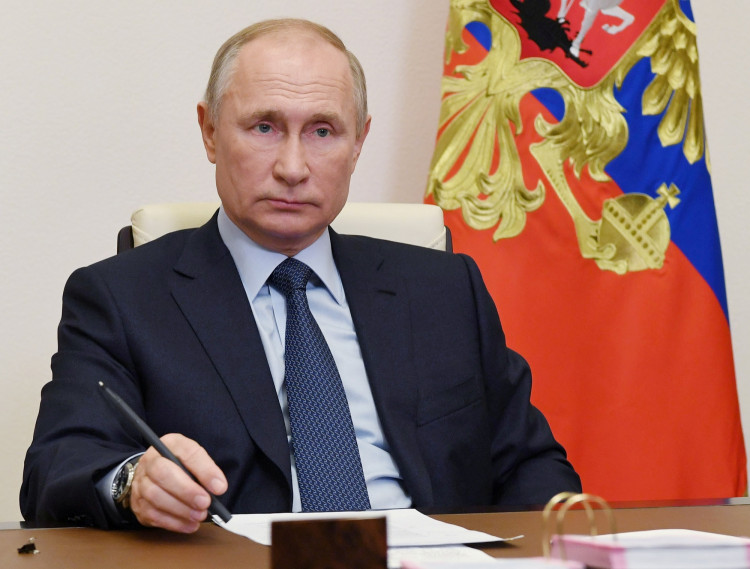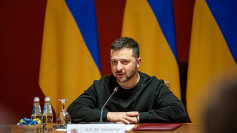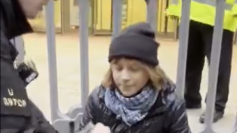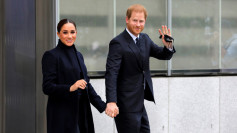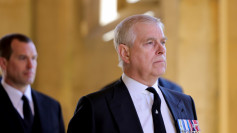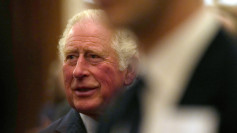Russian President Vladimir Putin has ordered a significant expansion of the Russian military, increasing its ranks by 180,000 troops. This expansion, which will bring the total number of active servicemen to 1.5 million, positions Russia as the second largest military force in the world, trailing only China. The decision comes amid escalating tensions along Russia's western and eastern borders, prompting the Kremlin to bolster its military capabilities.
"This is due to the number of threats that exist to our country along the perimeter of our borders," Kremlin spokesman Dmitry Peskov said during a conference call with reporters. He highlighted the "extremely hostile environment" on Russia's western front, coupled with growing instability to the east, as the primary reasons for this expansion. The move reflects Moscow's heightened concern over security threats from NATO's eastern expansion and potential U.S. military activities in Asia.
According to data from the International Institute for Strategic Studies (IISS), this increase will elevate Russia above both the United States and India in terms of active combat personnel. The expansion marks the third time Putin has ordered an increase in troop numbers since the onset of the war in Ukraine in February 2022.
This latest military buildup comes as Russian forces continue to engage in fierce battles across a 1,000-kilometer (627-mile) frontline in eastern Ukraine, where they are attempting to push back Ukrainian forces and secure territories, including parts of Russia's Kursk region. The Kremlin has made it clear that these actions are necessary to secure Russia's borders and protect its national interests.
Andrei Kartapolov, chairman of Russia's lower house of parliament's defense committee, provided additional insight into the rationale behind the expansion. He emphasized the need to establish new military structures and units in the northwestern part of Russia, particularly following Finland's recent accession to NATO. This development has added a new dimension to the security challenges facing Russia, further justifying the need for a larger army.
The Kremlin's concerns are not limited to Europe. Russia has also voiced apprehensions over what it perceives as the increasing U.S.-backed militarization of Japan and the potential deployment of American missiles in the region. These factors contribute to the broader strategy behind the military expansion, as Moscow seeks to fortify its position on multiple fronts.
However, the ambitious scale of this military expansion raises questions about its feasibility. Dara Massicot, a Russian military expert at the Carnegie Endowment for International Peace, expressed skepticism about Moscow's ability to sustain such a large standing force. "There are ways to staff a standing 1.5 million force but the Kremlin will not like them if they are truly grappling with what that requires," Massicot wrote on X, formerly known as Twitter. She highlighted the financial and logistical challenges involved, particularly in terms of defense budget allocation and the need to balance procurement with the increased personnel costs.
Massicot also pointed out that the Kremlin might have to consider expanding the draft or allowing more women to serve in the military to achieve its goals. "Look for signs that this is a real initiative to recruit and expand, and not a kind of show to intimidate others," she cautioned, adding that while the current volunteer recruitment method has been somewhat effective, it has also shown signs of strain.
This expansion follows previous increases ordered by Putin in 2022, where he initially added 137,000 troops and later 170,000 more. Additionally, Russia mobilized over 300,000 soldiers in a controversial campaign in September and October 2022, which led to widespread protests and a mass exodus of draft-age men from the country. Despite these previous mobilizations, the Kremlin has stated that no new drafts are currently planned, opting instead to continue relying on volunteers to fight in Ukraine.
